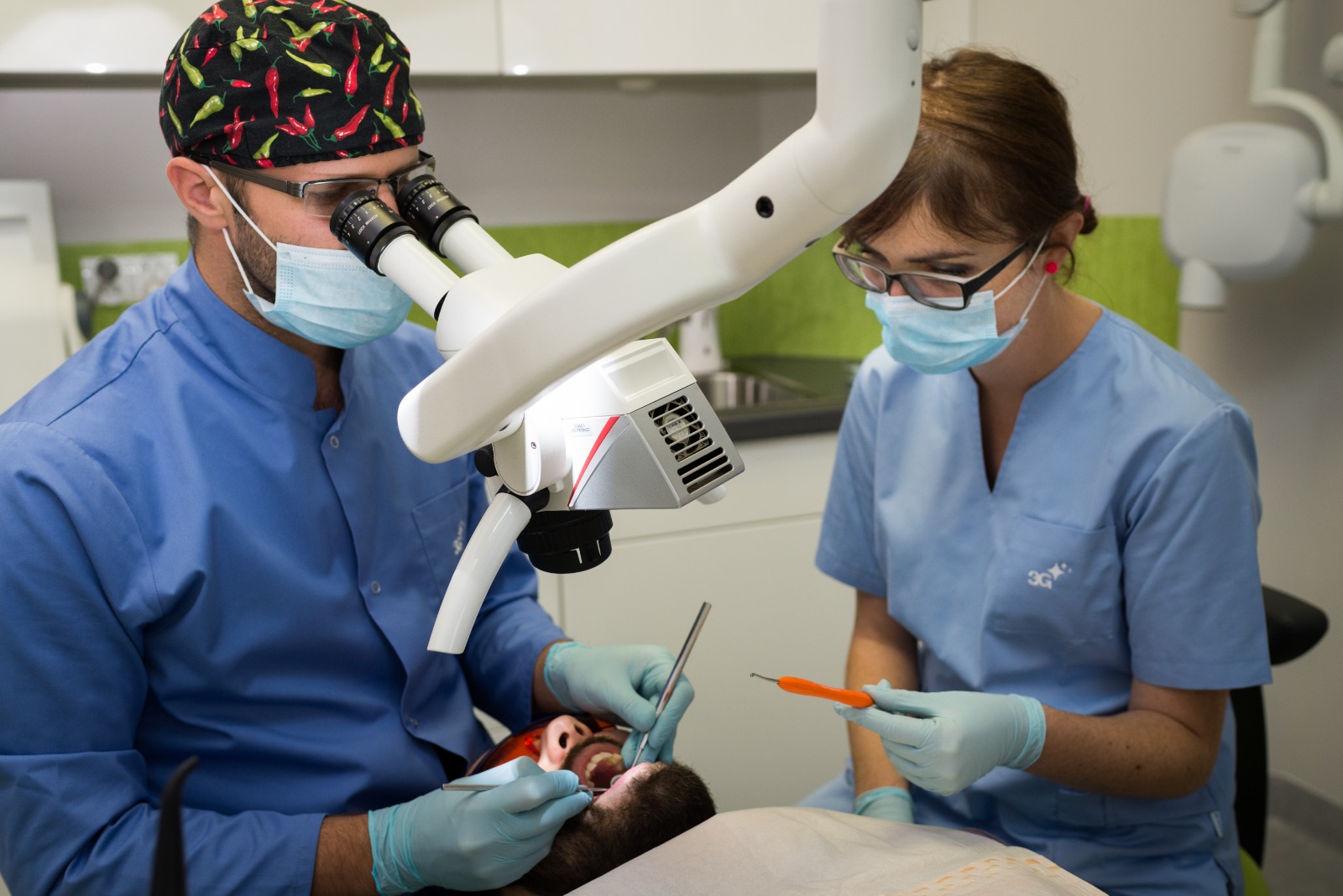How Poland’s health system has evolved to the present age

Poland’s health system is particularly hard to analyse because of many, partly conflicting changes in the last 30 years and a lack of vision of the European country’s healthcare policy during the time of transformation.
A classification of the relative Polish health system into one of the main healthcare models could almost never be made during the last decades, according to Dr Anna Białk-Wolf, Chairwoman of the Institute of Research and Development of Medical Tourism in Poland (pictured). ()
The Soviet Semasko system implemented in Poland after World War II has shown some specific features such as the existence of private medical practices or private polyclinics called ‘doctors’ cooperatives’. The fall of communism in Poland has not immediately led to crucial changes in the country’s healthcare system. One of the incremental changes is the Large Cities Law, which was passed in 1995. By giving Polish municipalities ownership over healthcare units – mainly outpatient clinics and also rare hospitals – it resulted in a step towards decentralisation.
Healthcare in Poland was centrally financed from the state budget until 1997. In this year the first substantial change after the fall of communism was initiated with the Act on Health Insurances (Act of February 6, 1997). The highly centralised system was replaced by a decentralised one, which was based on 16 regional health insurance institutions called the “sickness funds” and an additional sickness fund for the uniformed services (policemen, firemen, soldiers, etc.).
Changing law
Control over the “sickness funds” was handed over to the Health Insurance Superintendence Office. Originally conceptualised as an adoption of the Bismarckian social insurance model, the regulation came into force in 1999 – but as a result of a change in government the eventually implemented law differed significantly from the original concept.
Leowski states that it was actually a quasi-Bismarckian system, because it lacked a contribution of the employers to the insurance premium. Moreover, several medical procedures such as highly specialised treatment were financed directly from the state budget.
This reform has failed because of multiple reasons: The various “sickness funds” had different starting points in their financial situations. These funds also had very strong positions and were given too much power without effective control mechanisms, which enabled them to create their own health policies on the regional level.
The responsibility for both paying and purchasing of health services rested within these institutions. Also the reduction of the insurance premium from originally 10% of the payroll tax to only 7.5% in the final version caused problems. The aim of the reform was to implement the rule “the money follows the patient”, but in reality the requirements were not fulfilled.
2003 amendment
Contracted services were limited and at the end of a month patients were forced to either wait or pay for the treatment themselves by seeking care in the private sector. As a consequence of an insufficient regulatory framework, a lack of resources, and a negative perception in society of the previous reform, a crucial amendment was introduced in April 2003. By merging the “sickness funds” a new centrally managed institution called the “National Health Fund” was established within Poland’s Ministry of Health.
Although the newly created organisation still has 16 regional divisions (one in each voivodeship), they were delegated only organisational tasks. According to Krajewski-Osiuda & Romaniuk the regulations firstly tended towards decentralisation after 1999. Then in 2003 they took the opposite direction.
Nevertheless, the law from 2003 was declaredas unconstitutional by the Polish Constitutional Court. As reason it was cited that the Polish constitution from 1997 guaranteed free access to health-care services to all citizens. Therefore in 2004 the new “Law on Health Care Services Financed from Public Sources” was passed, which changed the governance structure of the “National Health Fund” and indicated a negative list of services, which were excluded from public financing.
Patients’ rights
In 2009 an amendment stating a positive list of health services was added. The last important change with regard to medical tourism was a law from 2014 that transposed the Directive 2011/24/EU of the European Parliament considering the application of patients’ rights in cross-border healthcare.
In summary the Polish health system can be described as insurance-budgeted, whereas some specific feature should be emphasised. As the private healthcare sector was already developed during the time of communism, there has been a long tradition of Polish citizens buying health services additionally to the public ones.
Even though insurance premiums have grown from 7.5% of the payroll tax in 1999 to 9% in 2007, the overall health system remains underfunded. As the system does not guarantee a sufficient accessibility to healthcare, private expenditures on health are high and account for 30% of the total expenditure on health, whereas out-of-pocket expenditure amounts to 75% of this private expenditure. Only 6.8 % of gross domestic product (GDP) is spent in Poland on healthcare, which is one of the lowest shares in the EU.
References: Chluska, J. (2008), Hospital accountancy and transition processes of Polish healthcare, Transformations in Business & Economics, 7, No 2 (14), Supplement B, 2008, 154-170.
Krajewski-Siuda, K. & Romaniuk, P. (2008). Poland—an “experimental range” for healthcare system changes. Two reforms: decentralisation and centralisation and their consequences, Journal of Public Health, 16 (1), 61-70.
Leowski, J. (2004). Polityka zdrowotna a zdrowie publiczne, CeDeWu Sp. Z o.o., Warszawa.
Sitek, M. (2008). Politics and Institutions in the Reforms of Health Care in the Czech Republic, Hungary and Poland Polish Sociological Review, No. 161 (2008), 39-53.
Tymowska, K. (2001). Healthcare under transformation in Poland, Health Policy 56, 85-98.
About Dr Anna Białk-Wolf: In addition to being the President and Co-founder of the Institute of Research and Development of Medical Tourism in Poland, Co-founder of the Proturmed medical tourism promotion foundation in Poland, and Associate Professor at the University of Business and Administration in Gdynia, Poland, Dr Anna Białk-Wolf is also a scientist and consultant with extensive experience and knowledge in research and teaching with special focus on medical tourism.
She defended her doctoral dissertation on the innovativeness of medical services at the Albert Ludwig University of Freiburg, Germany. Anna Białk-Wolf is the author of numerous publications on tourism and most recently co-authored a handbook on medical tourism.
Since 2009, she has been involved in analysing phenomena related to medical tourism around the world and in Poland, working closely as an expert for the Polish National Tourism Organization and for the Polish Agency for Enterprise Development.
Dr Anna Białk-Wolf can provide detailed information about the medical tourism and health value chain system in Poland: anna.bialk-wolf@proturmed.pl
Last Updated on 1 year by menews247














